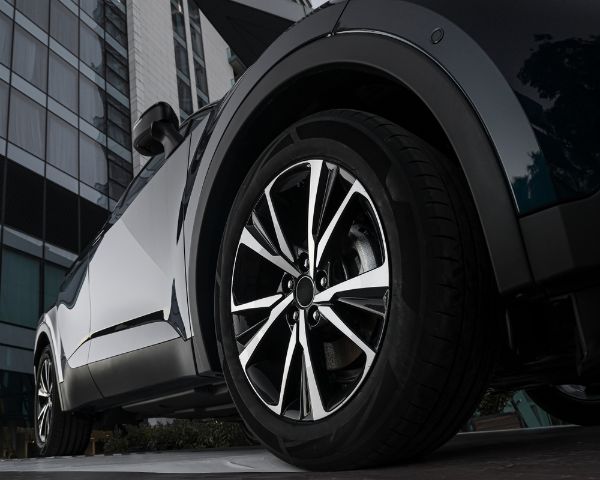A vehicle with misaligned wheels becomes harder to control. The steering may feel loose, and the vehicle may pull to one side. Drivers may need to correct the steering constantly to stay in a straight line. Poor alignment can also cause vibrations in the steering wheel, making driving uncomfortable. Uneven pressure on the tires reduces traction, making turns and sudden stops less stable.
Uneven Tire Wear from Misalignment
Misalignment causes tires to wear unevenly, leading to bald spots and reduced tread life. Inner or outer edges of the tires may wear faster, making them unsafe for the road. Worn tires struggle to grip the pavement, increasing stopping distance. Replacing tires more often becomes necessary, raising maintenance costs. Checking wheel alignment regularly helps prevent premature tire damage.
Impact on Fuel Efficiency
When wheels are misaligned, the engine works harder to keep the vehicle moving. Misalignment increases rolling resistance, forcing the vehicle to burn more fuel. Even a slight misalignment can lower fuel efficiency, leading to more frequent trips to the gas station. Proper alignment reduces drag, allowing the vehicle to move smoothly with less effort. Drivers save money on fuel while reducing unnecessary wear on engine components.
Signs That Indicate an Alignment Issue
- Steering Pulls to One Side – The vehicle drifts without turning the wheel.
- Uneven or Rapid Tire Wear – Tires wear out faster on one side.
- Steering Wheel Vibrations – The wheel shakes while driving at higher speeds.
- Off-Center Steering Wheel – The wheel stays tilted when driving straight.
- Poor Fuel Economy – More trips to the pump due to increased resistance.
Regular alignment checks prevent handling issues, tire damage, and reduced fuel efficiency.
Preventing Alignment Problems
Regular maintenance at Tom & Jerry’s Auto Service in Columbus helps prevent alignment issues before they cause major problems. Hitting potholes, curbs, or rough roads can throw wheels out of alignment. Checking alignment during routine tire rotations ensures everything stays in place. Suspension components, like shocks and struts, also affect alignment and should be inspected for wear. Keeping tires properly inflated and balanced reduces stress on the suspension, improving overall handling and efficiency.

